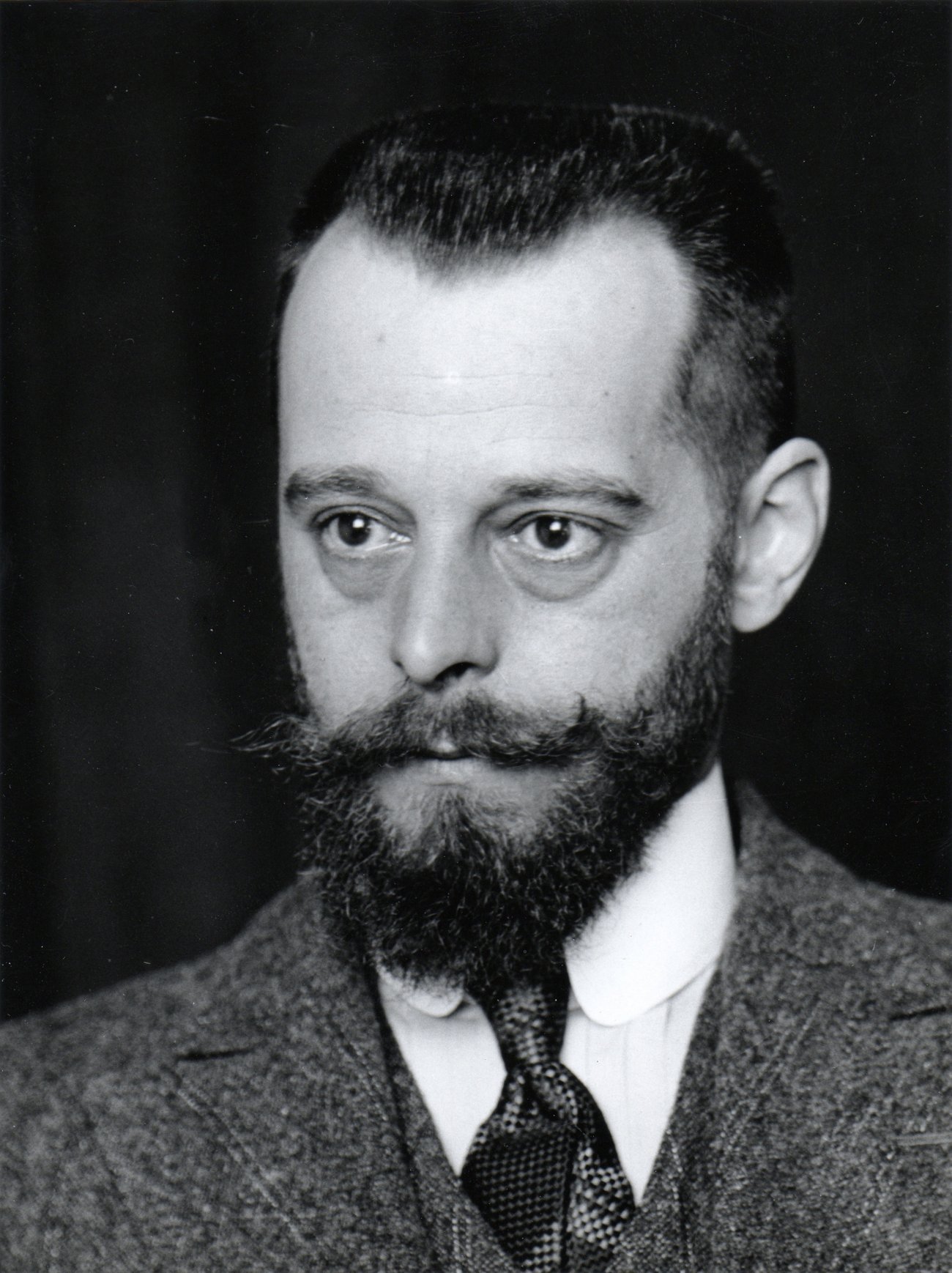
Félix d’Hérelle’s career was atypical to say the least. Information on his early years is vague. According to some, he was born and schooled in Paris in 1873. According to others, he was born in Montreal. Did he study in Belgium or Canada? Whatever the answer, after running a whisky distillery and then a chocolate factory in Quebec, Félix d’Hérelle started his scientific career in Guatemala. At the time, he was – in his own words – a self-taught bacteriologist. He continued his career in Mexico, where he isolated the infectious agent that caused enteritis in locusts, a discovery that involved him in the fight against these insects in various countries. He joined the Institut Pasteur in 1911, which sent him to Argentina, Algeria, Turkey, Tunisia and Indochina. In 1917, he discovered that viruses infected bacteria. He called them bacteriophages and suggested they could be used to treat bacterial infections. His findings soon earned him worldwide renown. He left the Institut Pasteur in 1921 for the Institute of tropical medicine in Leiden, Holland, and then directed the bacteriology department of the Health, Maritime, and Quarantine Board in Alexandria, Egypt. He then taught bacteriology at Yale University in the United States, initiated research into bacteriophages in several Russian cities, and set up a laboratory in Paris to produce these for therapeutic purposes. Because of his nationality, he was kept under house arrest in Vichy during World War II. In 1947, two years before his death, the thirtieth anniversary of his first publication on bacteriophages was celebrated at the Institut Pasteur. As this learned traveler himself put it so nicely, he was “Canadian by nationality and cosmopolitan by nature.”
From locusts to phagesTunisia, 1915. Félix d’Hérelle was sent to Tunisia by the Institut Pasteur to help fight an invasion of locusts. In cultures of a coccobacillus that attacked these insects – a bacillus he had discovered in Mexico – he observed "clear circles", indicating that the bacteria had disappeared. On his return to Paris, d’Hérelle carried out multiple experiments and, using samples taken from a patient at Pasteur Hospital, demonstrated the existence of a bacterial virus which he called “bacteriophage” (literally bacteria-eater). His note entitled “On an invisible microbe antagonistic to dysentery bacilli” was sent to the French Academy of Sciences in 1917 by Émile Roux, the then director of the Institut Pasteur. Félix d’Hérelle worked constantly on bacteriophages and on promoting “phage therapy” for use in medicine. Supplanted after the war by antibiotics, bacteriophages were subsequently used as research tools in laboratories around the world. |
Timeline of the life of Félix d’Hérelle> April 25, 1873 > 1887-1892 > 1893 > 1894-1897 > 1897-1901 > 1901-1906 > 1907-1911 > 1911-1921 > 1917 > 1919-1920 > 1921 > 1921-1924 > 1925-1926 > 1928-1934 > 1934-1936 > 1936 > 1938 > 1940-1945 > 1947 > 1949 |


